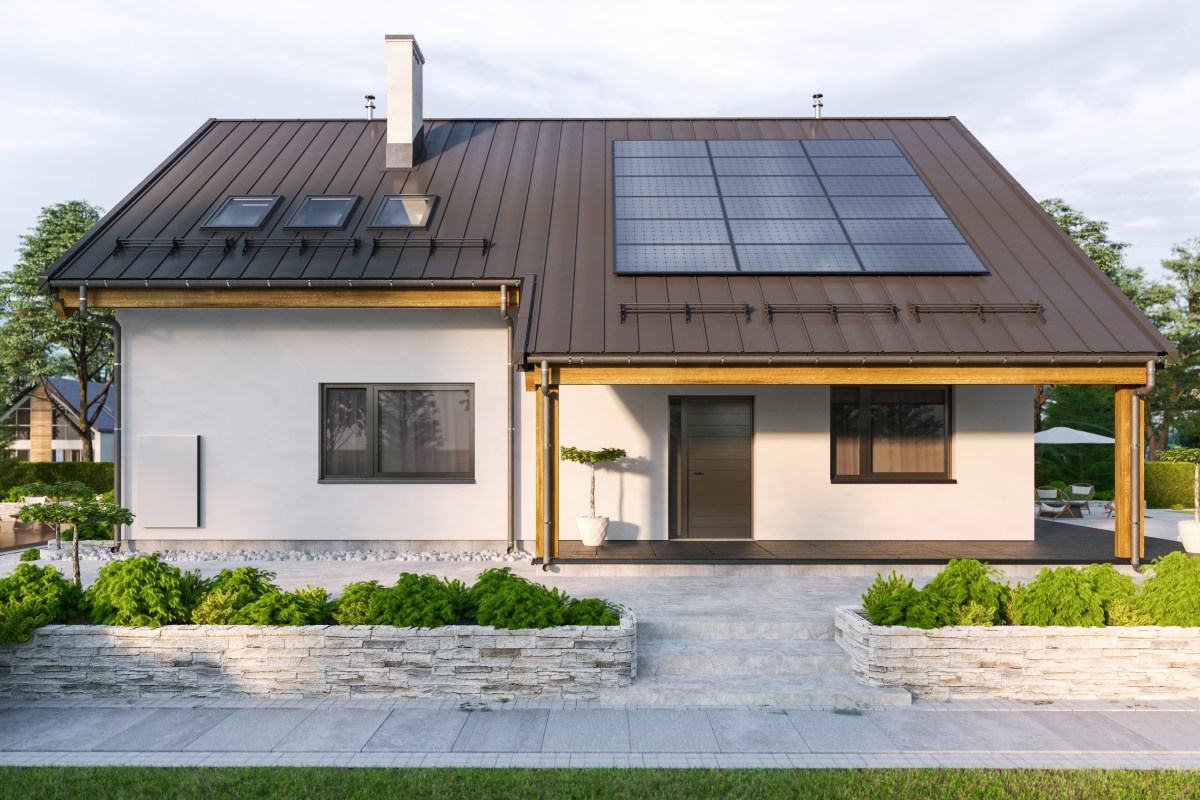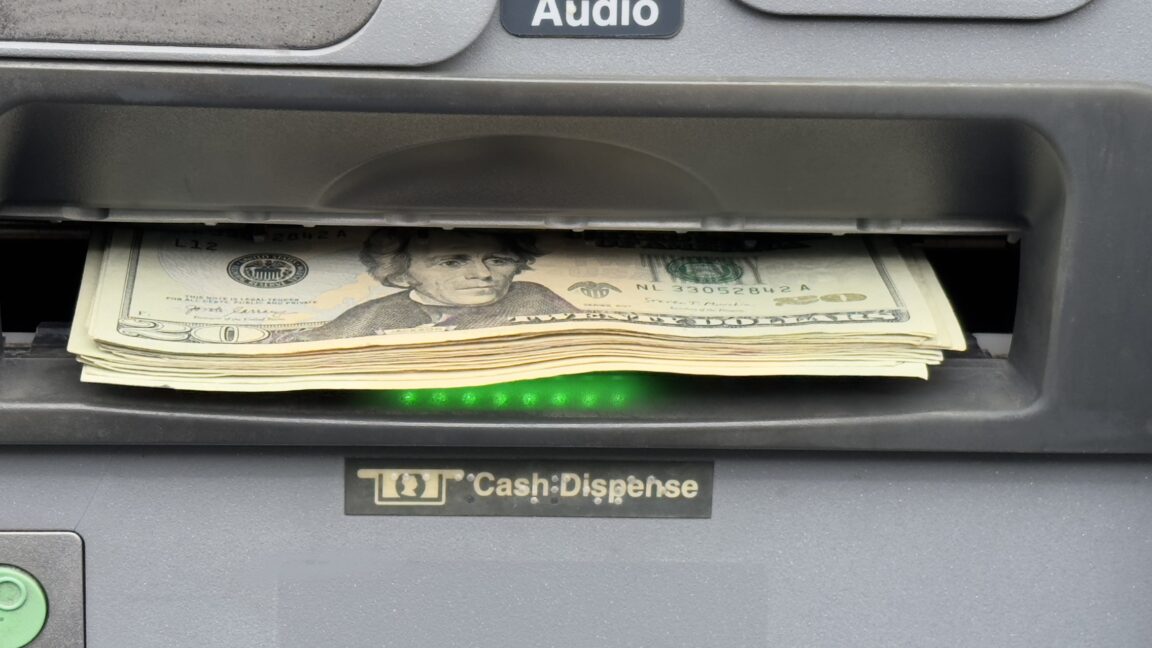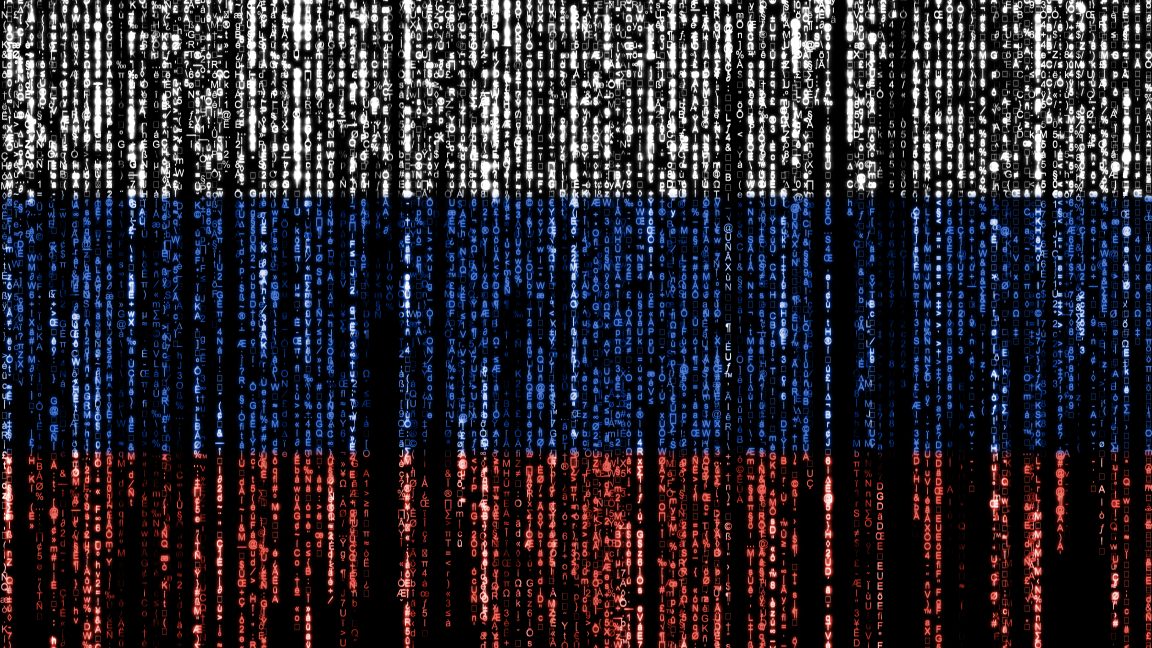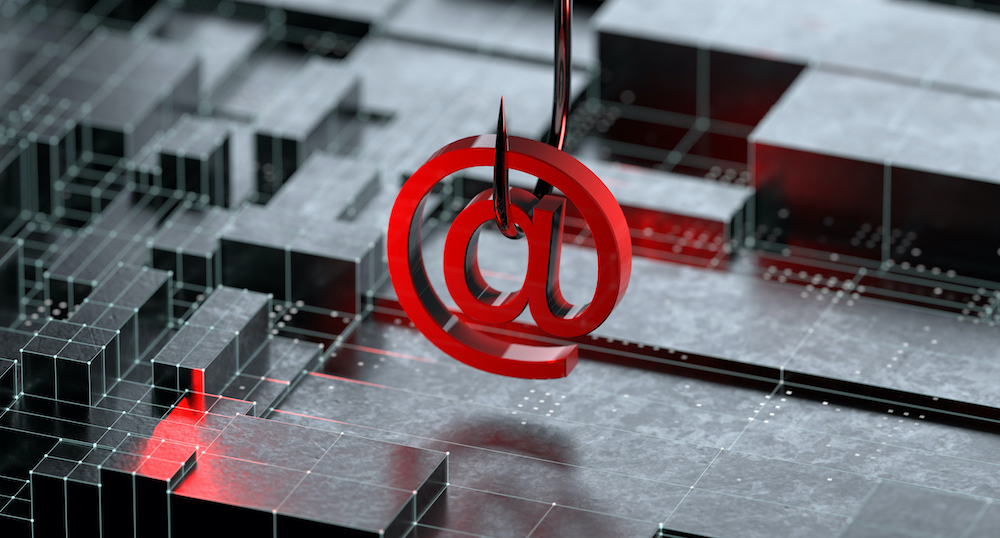Why Rooftop Solar Is Now a National Security Concern

Picture this: a determined intruder parks near a home, cracks the Wi‑Fi, and tinkers with the gray box on the wall—the solar inverter that converts rooftop power into household electricity. It’s far-fetched for most people, but the scenario captures why home energy gear is suddenly part of a bigger conversation about cybersecurity and national security.
The latest jolt came from a federal advisory describing weaknesses in certain residential inverters from a Texas-based maker. The notice said that, if an attacker landed on the same network and knew an inverter’s serial number, they could intercept data, push rogue firmware, or take control. Roughly 55,000 customers own the affected model, turning a niche product into a mainstream risk story overnight.
Today’s inverters aren’t just power converters. They’re smart, connected devices that monitor performance, communicate with utilities, and export excess electricity back to the grid. As a result, each install becomes another node in a fast-growing web of distributed energy resources—great for resilience and decarbonization, but also a much larger attack surface.
Adoption has been staggering: small-scale solar in the U.S. grew more than fivefold between 2014 and 2022 as prices fell and incentives expanded. Yet many homeowners only meet their inverter when something goes wrong, which made last week’s headlines feel especially unsettling.
Security gaps and frustrated customers
The manufacturer at the center of the advisory conceded shortcomings while arguing the problem is industry-wide, pointing to a report cataloging dozens of disclosures across residential and commercial solar since 2019. Not everyone was sympathetic. Some owners complained publicly that they learned about the risks from social media rather than the company.
The advisory highlighted fundamental design issues: app-to-inverter communications sent in unencrypted plain text, firmware updates without integrity checks, and basic authentication. One customer summarized the mood bluntly: these are table-stakes security controls that should have been in place from the start.
Officials emphasized they have no evidence of public exploitation targeting these specific flaws to date. Even so, homeowners wanted faster notification and clearer mitigations.
Supply chains and geopolitics raise the stakes
Separate from this incident, concerns are mounting about the supply chain behind solar gear. Investigations earlier this year surfaced reports of undocumented communication modules—like cellular radios—found inside some inverters and batteries sourced from multiple overseas suppliers. The issue looms large because a handful of manufacturers dominate global shipments, and hundreds of gigawatts of capacity in Europe rely on equipment from those firms.
Policymakers aren’t ignoring the trend. One European country, for example, passed a law blocking remote access from high‑risk vendors to solar, wind, and storage systems above 100 kilowatts—effectively curbing certain inverters. Meanwhile, some U.S. suppliers say they’re shifting away from higher‑risk component sources and toward alternatives, including parts made in places like Germany.
Could home inverters really threaten the grid?
Standards bodies have warned that remotely coordinating a large number of residential smart inverters to behave badly could disrupt the grid for a prolonged period. That’s the theoretical national security worry: not one home, but many, all at once.
Practical limits matter, though. Residential inverters mainly convert DC to AC and manage grid connectivity. Launching a synchronized, mass attack across millions of homes would likely require compromising manufacturers or service platforms that have remote access—something security researchers have explored in prior demonstrations—rather than hacking houses one by one.
There’s also a regulatory gap. Rigorous Critical Infrastructure Protection standards apply to big facilities—think 75 megawatts and up—not the typical home rooftop system. Below that threshold, cybersecurity guidance exists, but it’s often advisory. That leaves thousands of small installs relying on each manufacturer’s choices in a gray zone with uneven protections.
Complicating matters, operational technology networks frequently use plain‑text protocols for monitoring and reliability, a stark contrast to enterprise IT environments where encryption is mandatory. The danger isn’t necessarily a single homeowner’s risk today; it’s the aggregate exposure as distributed energy proliferates.
What’s being fixed—and what homeowners can do
The inverter maker at the center of the advisory calls the process a “trust upgrade,” saying it has worked with federal officials since June to shrink an initial list of 10 issues to three remaining items slated for resolution by October. Steps include hardening firmware delivery, adding stronger identity checks for support interactions, and redesigning authentication.
For homeowners, the basics still go a long way: segment or isolate energy devices on your home network, disable unnecessary remote access, update firmware promptly, use strong and unique passwords, and enable multi‑factor authentication where available. If your installer or manufacturer offers security guidance, follow it—and ask for it if they don’t.
Big picture: rooftop solar is accelerating the shift to a distributed grid. That’s good for reliability and climate progress, but it also expands the cyber attack surface. The goal now is to keep the benefits while systematically reducing the risks—device by device, home by home, and vendor by vendor.
Search interest is rising around terms like “solar inverter cybersecurity,” “home solar inverter vulnerabilities,” “smart inverter security,” and “distributed energy resources cybersecurity.” Expect growing scrutiny—from buyers, utilities, and regulators—as these systems become even more connected and more essential.



